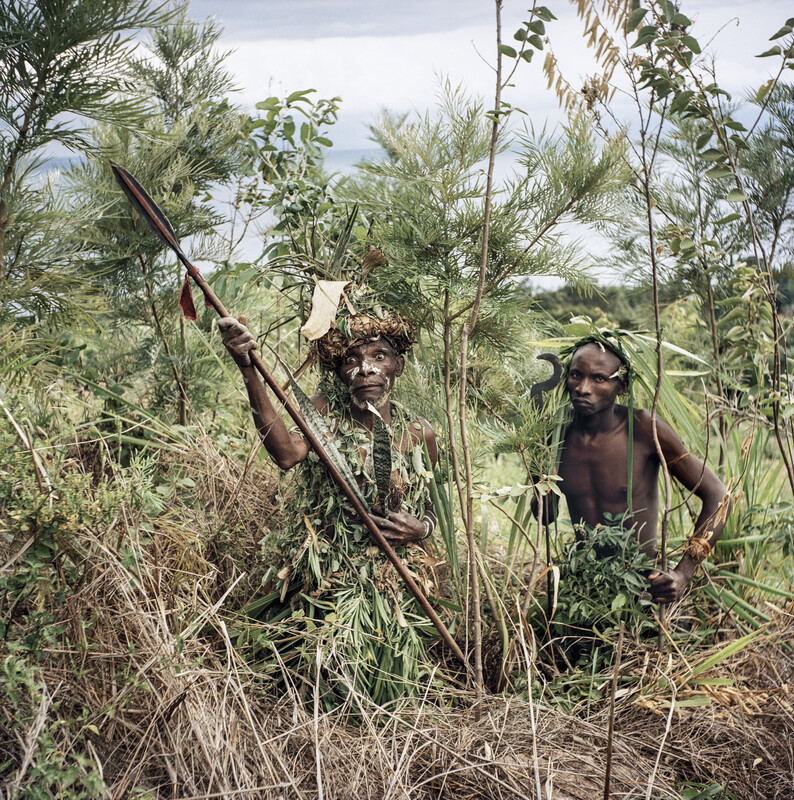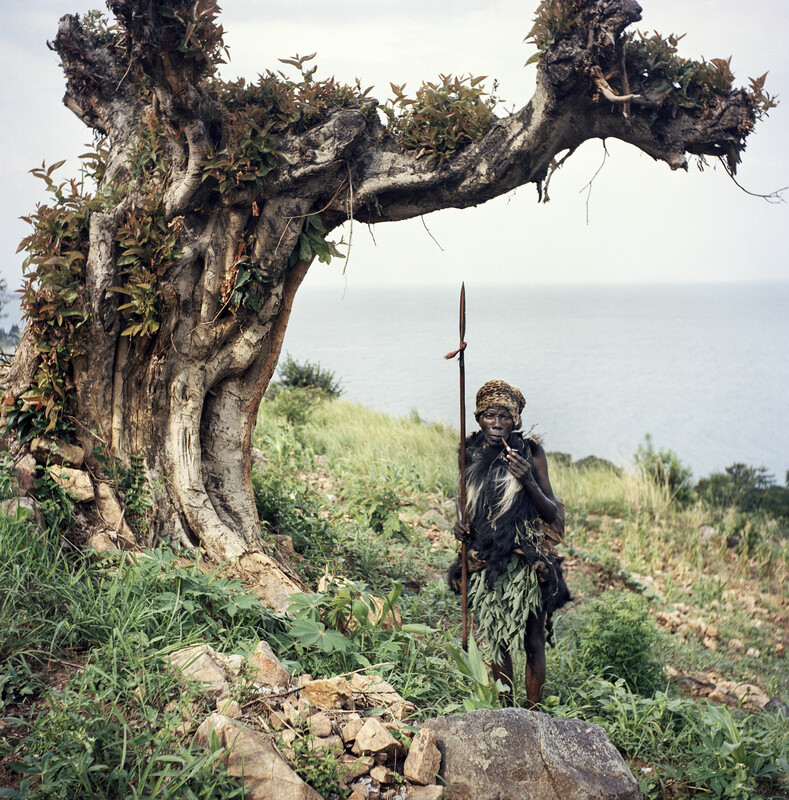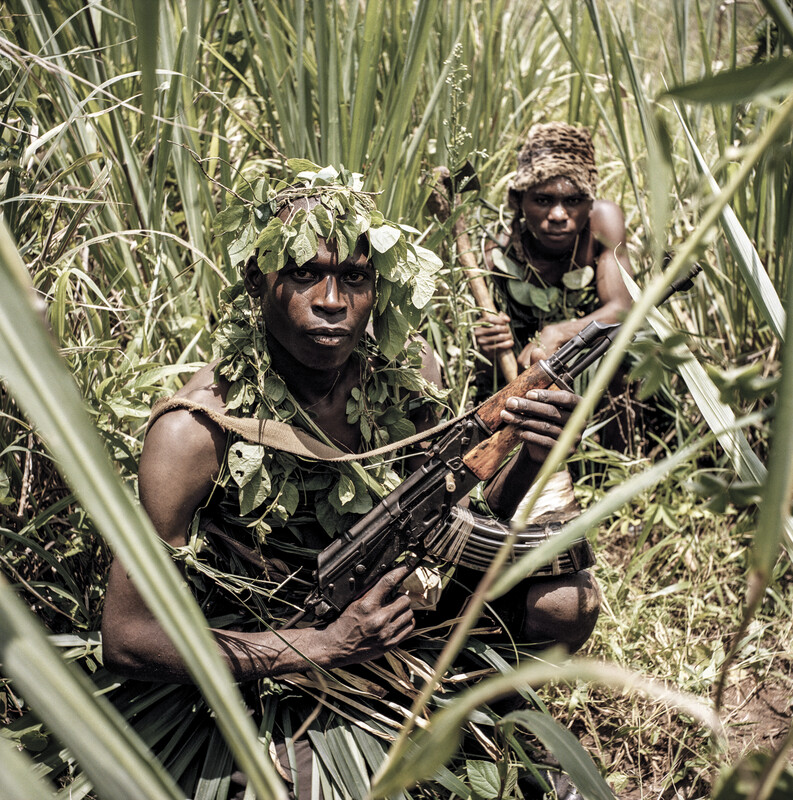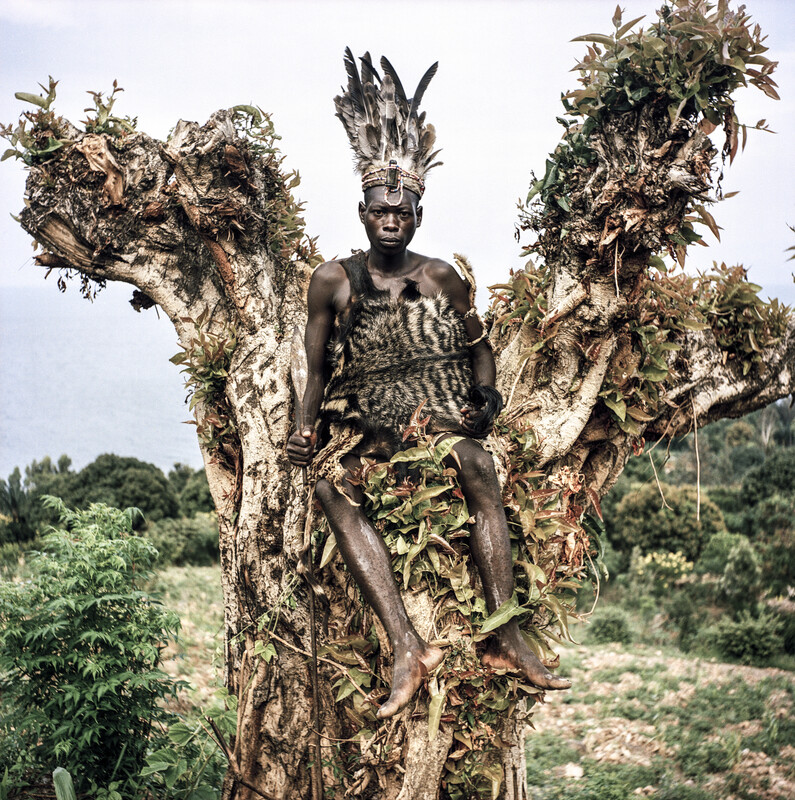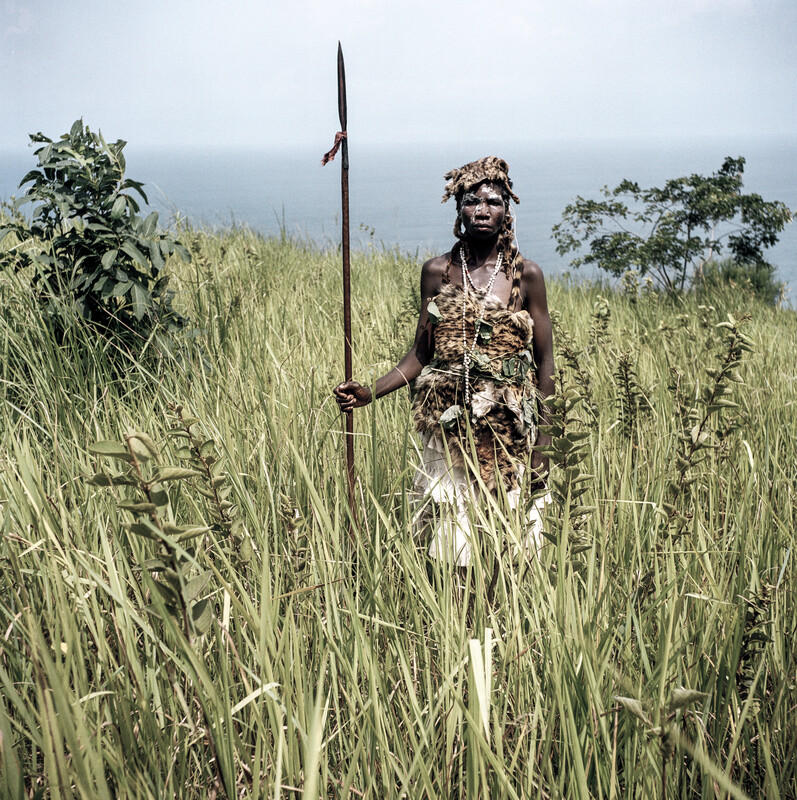Mai Mai
© Stephan GladieuThe term Mai Mai comes from Mai, water in the Bantu languages of the region.
It refers to the Mai Mai revolt in 1905-1907 in Tanganyika. In 1905, the peasants of Kivu launched a revolt against the German occupier who had come to plunder their land. The popular rebellion relies on its mystical-magical culture to become invulnerable, with fighters sprinkling a magic potion that is supposed to make bullets run down their skin like water.
Mai-Mai warriors believe they are invulnerable to firearms. They spray themselves with a magic potion that is supposed to make bullets run down their bodies like water (maï in Swahili).
Today, Mai-Mai, or sometimes Mayi-Mayi, is a general term describing armed groups active during the Second Congo War in the Democratic Republic of Congo (DRC).
During this war (1998-2003), most of them formed to resist the invasion of the Rwandan armed forces. They were active in the provinces of North and South Kivu.
Although the Kivus had long been militarised by the Congolese state, particularly among the Batembo and Bembes minorities, instability in the region led to the formation of Mai Mai militias. Both as a united group and as individual groups.
The groups referred to as Mai Mai include armed forces led by warlords, traditional tribal chiefs, village chiefs, and local political leaders.
click to view the complete set of images in the archive
